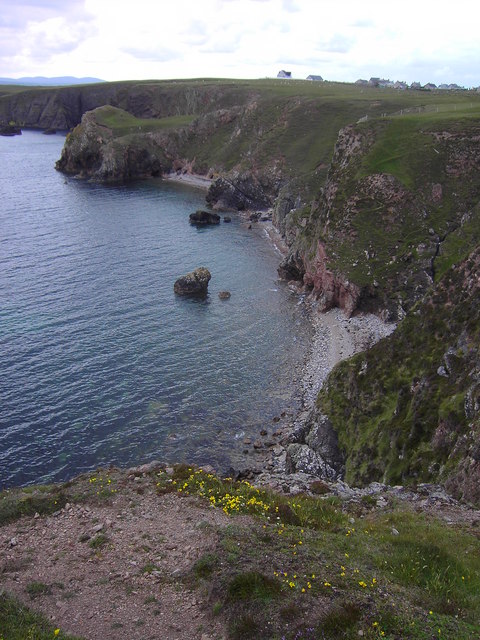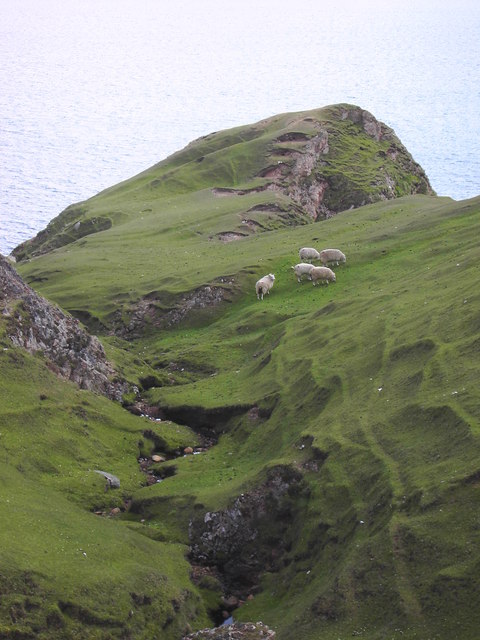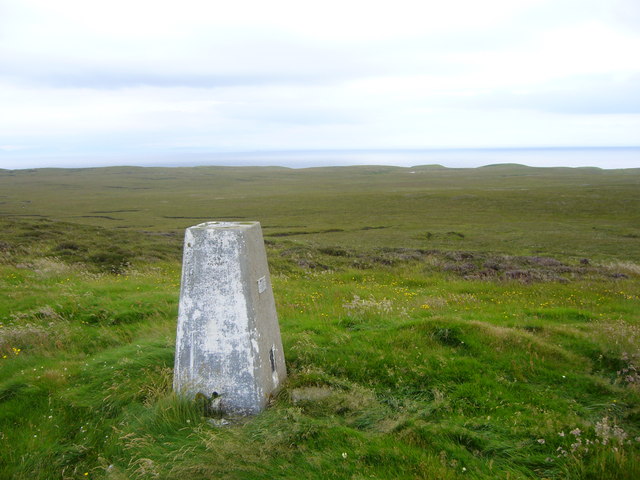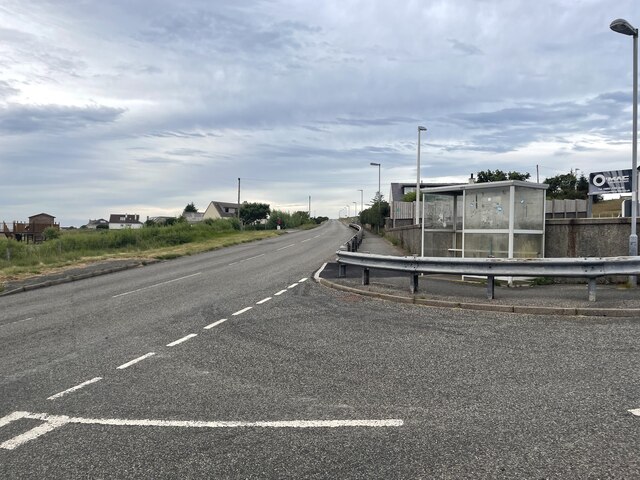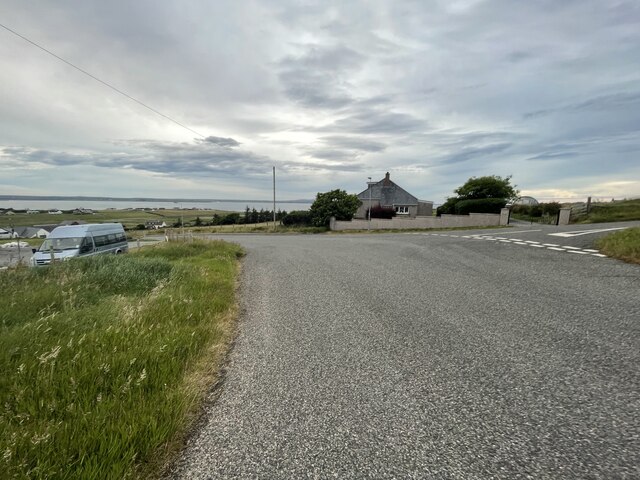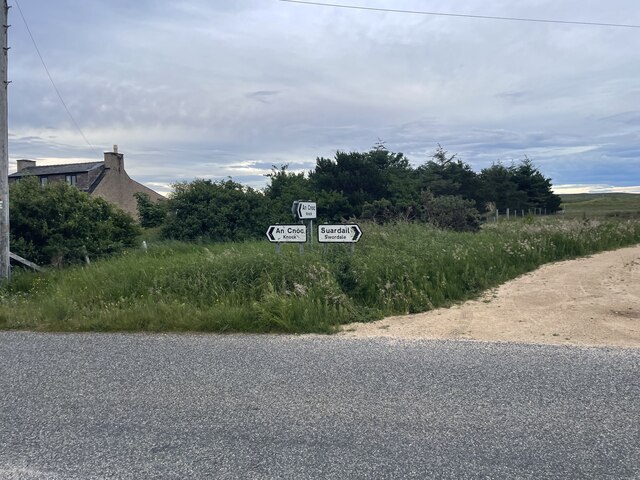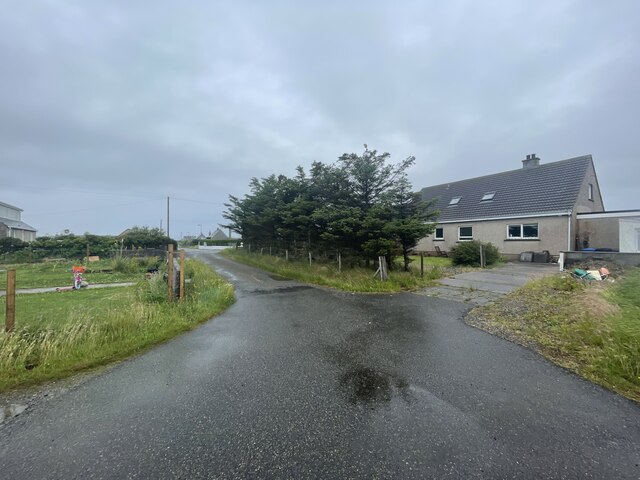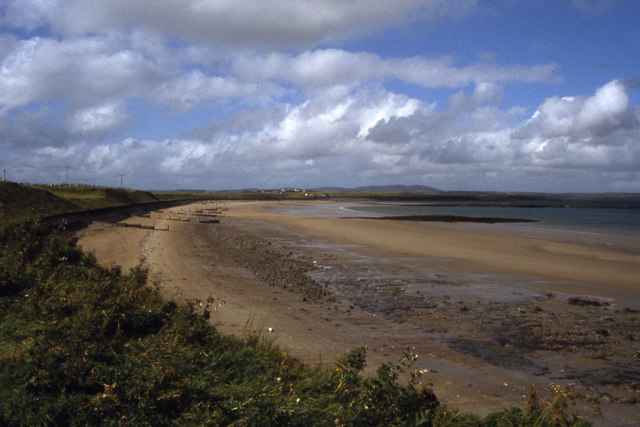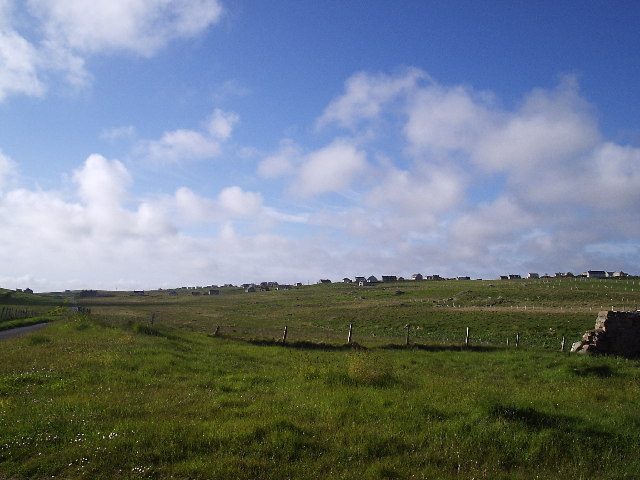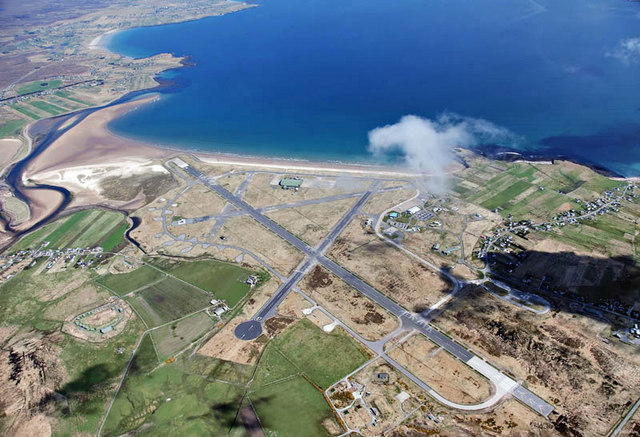An Cnoc
Settlement in Ross-shire
Scotland
An Cnoc

An Cnoc is a small village located in the picturesque county of Ross-shire, in the Highlands of Scotland. Situated at the base of the towering Ben Wyvis mountain, the village offers stunning views of the surrounding countryside and is a haven for outdoor enthusiasts.
The village itself is home to a close-knit community and has a population of around 400 residents. It boasts a charming mix of traditional Scottish architecture and modern amenities, with a handful of local shops, a post office, and a primary school. The village also has a community hall, which serves as a hub for various social and cultural events throughout the year.
Nature lovers will be in their element in An Cnoc, as the area is teeming with wildlife and natural beauty. The nearby Ben Wyvis nature reserve offers numerous walking trails, allowing visitors to explore the diverse flora and fauna of the Scottish Highlands. The village is also a popular destination for birdwatchers, with a variety of species to be spotted in the surrounding forests and wetlands.
For history enthusiasts, An Cnoc is ideally located near several historic sites. Just a short drive away is the impressive Castle Leod, a 17th-century tower house that has been the ancestral seat of the Clan Mackenzie for centuries. Visitors can take guided tours of the castle and learn about its fascinating history.
Overall, An Cnoc is a tranquil and picturesque village that offers a perfect blend of natural beauty, outdoor activities, and Scottish charm. Whether exploring the surrounding countryside or immersing oneself in the local community, visitors are sure to find a warm welcome in this idyllic corner of Ross-shire.
If you have any feedback on the listing, please let us know in the comments section below.
An Cnoc Images
Images are sourced within 2km of 58.196137/-6.2730757 or Grid Reference NB4931. Thanks to Geograph Open Source API. All images are credited.

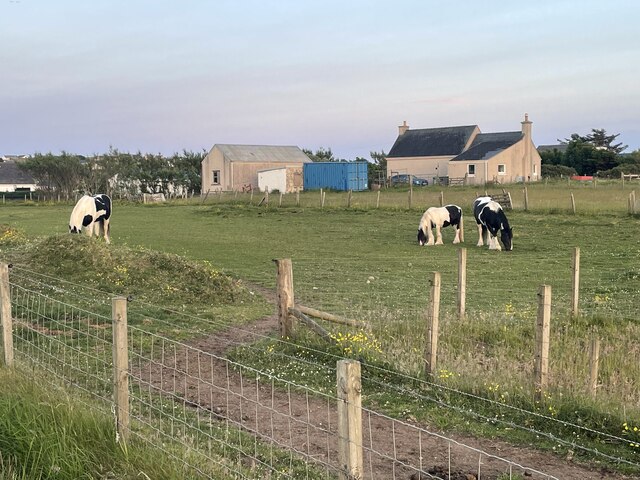
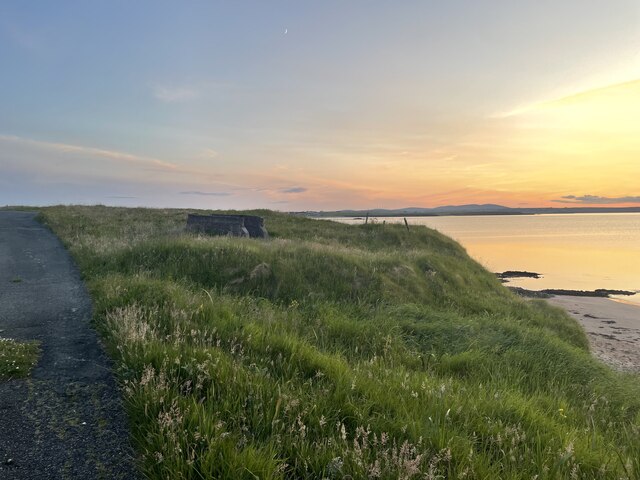
![Farm Raiders Monument I came across three monumental and memorial cairns in a visit to Lewis and Harris, all a tribute to the people who took action to recover their homes and livelihoods in the land struggles between landlords and crofters in the 19th and early 20th centuries.
That to the Grias & Coll Raiders [NB4639], the northernmost of the three, honours the men who suffered in the Great War [1914-18] and were promised land and homes when they returned, but the promises were not honoured. The cairn is built on the site of the confrontation between the crofters of the area and Lord Leverhulme, the owner of Lewis and Harris at the time – he planned to industrialise Lewis and opposed the Board of Agriculture’s proposals to divide farms into crofts for landless families. In March 1919 some of the biggest land raids were at Upper Coll and Cress, and land raids continued throughout Lewis until 1921, when the Coll Raiders, in spite of warnings, raided and took possession of Upper Coll, a township from which their ancestors had been evicted, and distributed the land amongst their landless families. The earthworks represent the forms of trenches and waves, symbols of promises given to ex-servicemen that they would be settled on the land after the war.
The cairn at Aignish [NB4832] commemorates and symbolises the confrontation between the Aignish Raiders and the military on 9 January 1888. The raiders, men and women of Point, were driven beyond endurance by destitution and oppression. Instead of helping, the authorities used the military to try to repel the raiders. The raiders failed to hold the farm and 13 were sentenced to prison, but the episode brought their plight to a wider audience, but it was not until 1905 that the farm was divided into crofts.
At Bailailean [NB2619] the three entrances to the cairn represent the three communities that took part in the Pairc Deer Raid - Pairc, North Lochs and Kinloch. On 22 November 1887 several hundred crofters from the Pairc townships protested at their treatment by their landlords - many townships in the area had been cleared to give more access to land for deer hunting. A large number of deer were killed and a police and marines were sent to quell what was thought to be a full scale rebellion, and the Riot Act was read by the Sheriff at Ruadh Chleit [NB2908]. Six land raiders were arrested, but acquitted at the High Court in Edinburgh in January 1888.
The three monuments were designed by Will McLean in 1994-6 and built by local stonemason Jim Crawford.
Two interesting accounts of the land struggle generally, not just on Lewis and Harris, are ‘Mightier than a Lord’ by Iain Fraser Grigor [1979], Acair Limited, ISBN 0 86152 030 0, and ‘Go Listen to the Crofters’ by A.D. Cameron [1986], Acair Limited, ISBN 0 86152 063 7, although neither specifically cover the events marked by the cairns, which were a little later.
Neil MacGregor [ex-Director of the British Museum] covered the Raiders in his Radio 4 series [episode 5] <span class="nowrap"><a title="https://www.bbc.co.uk/programmes/m0015474," rel="nofollow ugc noopener" href="https://www.bbc.co.uk/programmes/m0015474,">Link</a><img style="margin-left:2px;" alt="External link" title="External link - shift click to open in new window" src="https://s1.geograph.org.uk/img/external.png" width="10" height="10"/></span> broadcast on 11 March 2022, when he visited Lews Castle Museum in Stornoway Museum nan Eilean (Stornoway) <span class="nowrap"><a title="https://www.cne-siar.gov.uk/leisure-sport-and-culture/museum-nan-eilean/museum-nan-eilean-stornoway/" rel="nofollow ugc noopener" href="https://www.cne-siar.gov.uk/leisure-sport-and-culture/museum-nan-eilean/museum-nan-eilean-stornoway/">Link</a><img style="margin-left:2px;" alt="External link" title="External link - shift click to open in new window" src="https://s1.geograph.org.uk/img/external.png" width="10" height="10"/></span>. A modern extension, opened in 2017, contains a feature on the Raiders memorial, but as yet [March 2022] we have no Geograph coverage.](https://s2.geograph.org.uk/geophotos/07/52/59/7525962_4144bc01.jpg)
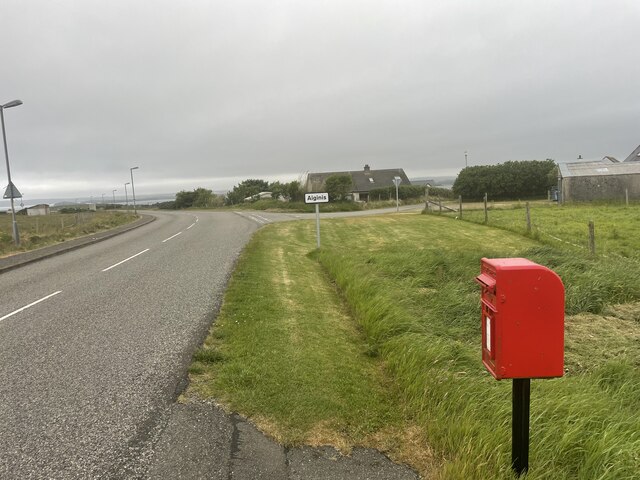
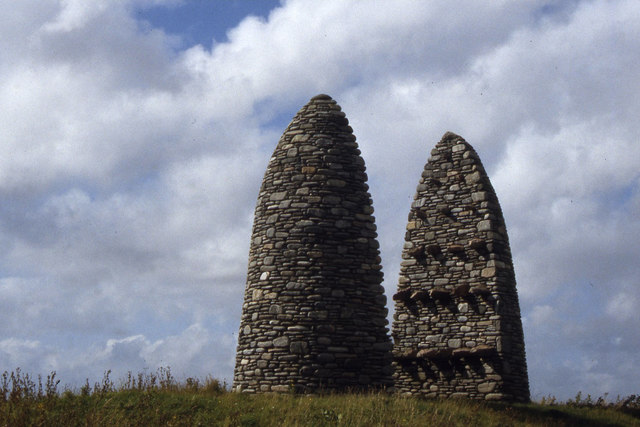
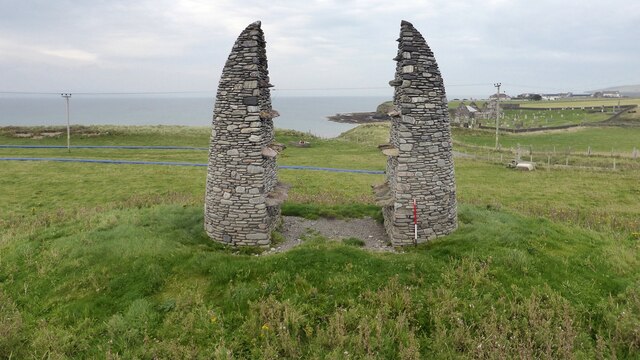
An Cnoc is located at Grid Ref: NB4931 (Lat: 58.196137, Lng: -6.2730757)
Unitary Authority: Na h-Eileanan an Iar
Police Authority: Highlands and Islands
What 3 Words
///tried.parsnips.erupt. Near Stornoway, Na h-Eileanan Siar
Nearby Locations
Related Wikis
Knock, Isle of Lewis
Knock, from the Gaelic, An Cnoc (a small hill), is a village in Point peninsula on the Isle of Lewis in the Outer Hebrides of Scotland. Point (an Rubha...
Aignish
Aignish (Scottish Gaelic: Aiginis) is located northwest of Knock and east of Stornoway on the east coast of the Isle of Lewis, in the Outer Hebrides, Scotland...
Branahuie
Branahuie (Scottish Gaelic: Bràigh na h-Aoidhe) is a village on the Isle of Lewis in the Outer Hebrides, Scotland. Branahuie is within the parish of Stornoway...
Melbost
Melbost (Scottish Gaelic: Mealabost) is a traditionally Gaelic-speaking village in Point on the east coast of the Isle of Lewis, in Scotland's north-west...
Holm, Lewis
Holm Village (Scottish Gaelic: Tolm) is a village in the Scottish Outer Hebrides, on the Isle of Lewis near Stornoway. The modern area of Holm can be split...
Bayble
Bayble (Scottish Gaelic: Pabail) is a large village in Point (An Rubha), on the Isle of Lewis, 6 miles (10 kilometres) east of Stornoway. Bayble is also...
Garrabost
Garrabost (Scottish Gaelic: Garrabost) is a village in the Point (An Rubha) peninsula isthmus on the east coast of the Isle of Lewis, in the Outer Hebrides...
Stornoway Airport
Stornoway Airport (IATA: SYY, ICAO: EGPO) (Scottish Gaelic: Port-adhair Steòrnabhaigh) is an airfield located 2 NM (3.7 km; 2.3 mi) east of the town of...
Nearby Amenities
Located within 500m of 58.196137,-6.2730757Have you been to An Cnoc?
Leave your review of An Cnoc below (or comments, questions and feedback).
